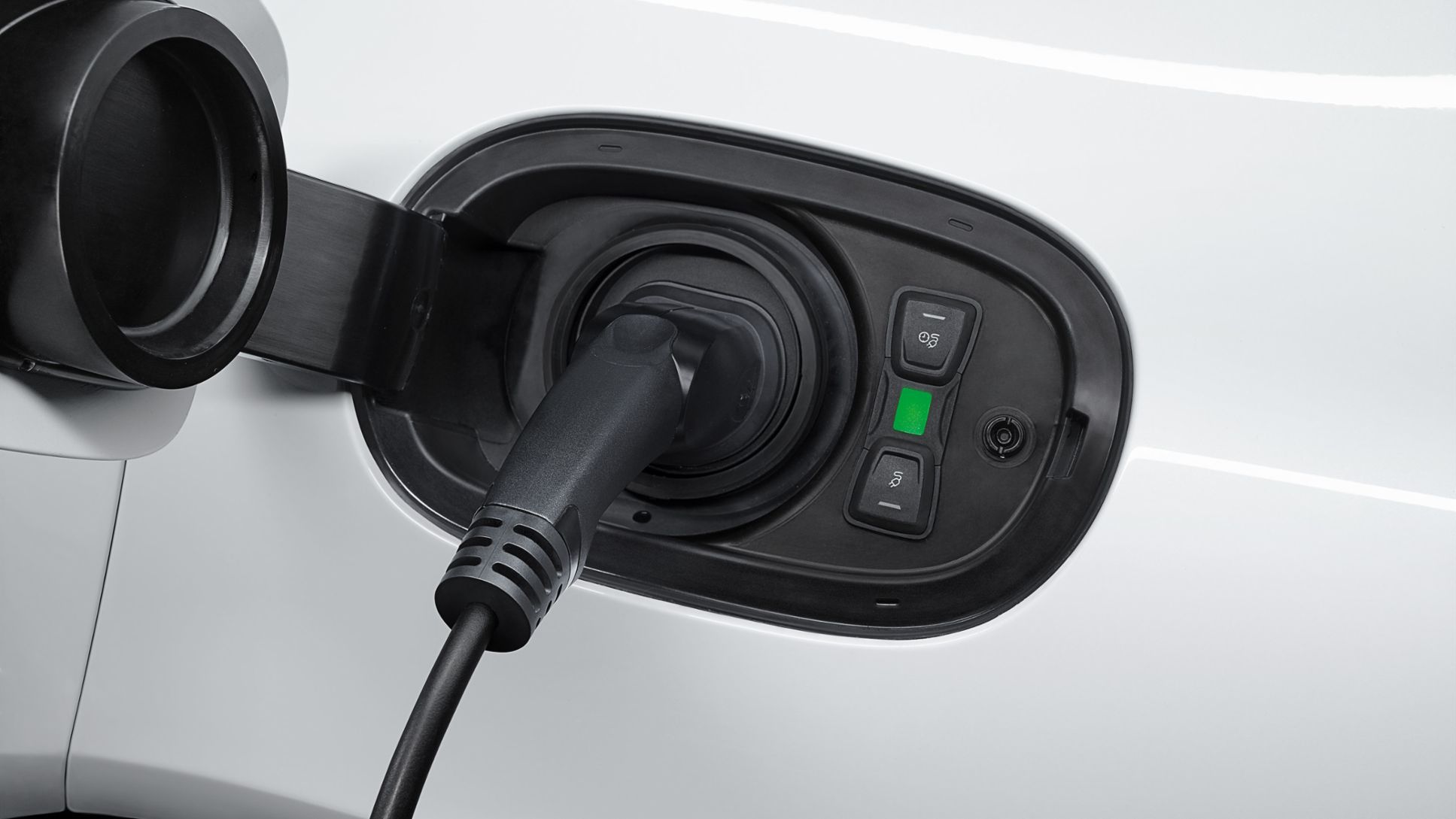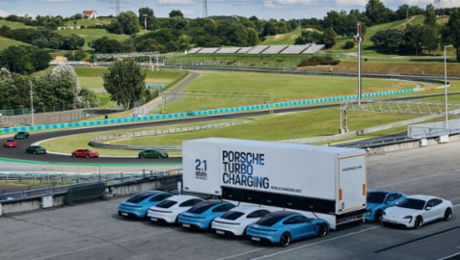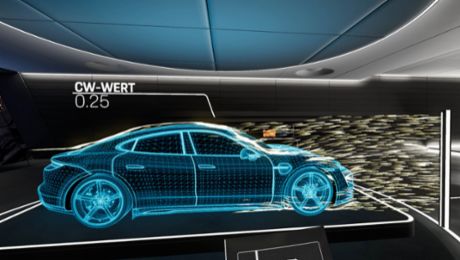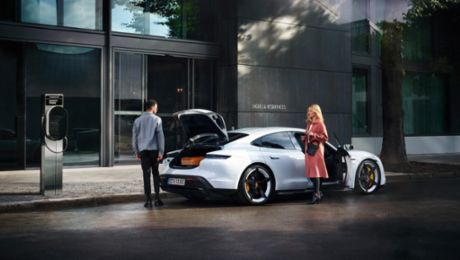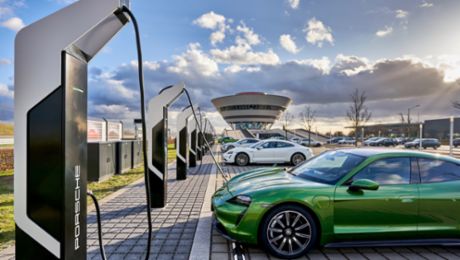The goal of the cooperation, which will create a pioneering architecture called the Premium Platform Electric (PPE), is to shape the mobility of tomorrow together and to put future electric vehicles on the market more quickly. Through the effective, joint use of development capacities, both high-tech brands are creating more opportunities for the topics of electrification, digitalization and autonomous driving as well as for the further development of highly efficient conventional engines. “If we had to cope with the challenges ahead on our own, the costs would be around 30 percent higher,” says Oliver Blume, CEO of the Porsche AG. Rupert Stadler, CEO of Audi AG adds: “The PPE is a key piece of the future for us. Features, zero emissions and profitability make an ideal connection thanks to a cooperation that has never been seen before in the auto industry. 1 + 1 equals 3 in this case.”
Project centers were founded in Ingolstadt and Weissach for the shared project, from which altogether three new model families are supposed to emerge. Two of the three planned vehicle projects, each of which encompasses models by both manufacturers, are led by Audi, one by Porsche. Currently, around 550 Audi and 300 Porsche developers are working on the project – and their number is continually increasing. Each of them spends two days per week in attendance at the partner location.
Through 2022, Porsche is investing more than six billion euros in electromobility
With the new electric architecture, Audi and Porsche can optimally use the advantages of the purely electric vehicle – for example regarding the package, wheelbase and spaciousness. First models based on the PPE are planned for the end of 2021. Beforehand, in 2018 and 2019, the e-tron and Mission E production models will be the first electric models of the two premium brands to be launched.
Through 2022, Porsche is investing more than six billion euros in electromobility. This is a doubling of the previously planned expenses in this area on the part of the manufacturer. Of the additional three billion euros, around 500 million euros will be used for the development of variations and derivates of the Mission E, around one billion euros for the electrification and hybridization of the existing product range, several hundred million euros for the expansion of the locations and around 700 million euros for new technologies, charging infrastructure, and smart mobility.
Blume: “The success of our plug-in-hybrids is boosting our self-confidence”
“In order for electromobility to succeed, more and more factors have to be in sync. These especially include attractive products with long ranges, short charging times, and high customer value. If we can offer this, the market will accelerate,” says Blume. “The success of our plug-in-hybrids is boosting our self-confidence. Our hybrid models are finding a ready market with our customers.”
Since the launch of the Panamera hybrid models, around 60 percent of all vehicles in the series have been delivered with these highly modern drives in Europe. Regarding the incoming orders, the quota was a lot higher in some countries, for example in Scandinavia, where the hybrid variations of the Panamera account for around 90 percent of the orders.
